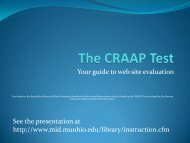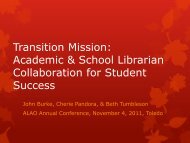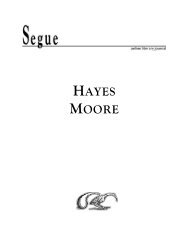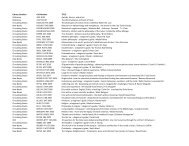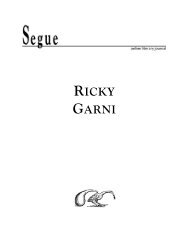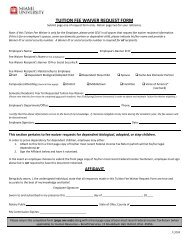Bibliography of Assessment Alternatives: Portfolios
Bibliography of Assessment Alternatives: Portfolios
Bibliography of Assessment Alternatives: Portfolios
Create successful ePaper yourself
Turn your PDF publications into a flip-book with our unique Google optimized e-Paper software.
By midyear the students wanted their own portfolios. The teacher emphasizes the need for<br />
self-selection and self-evaluation to build ownership.<br />
(AL# 470.3PORASF)<br />
Fulton, Jill, and David Savaglio. Performance-Based <strong>Assessment</strong>: Pomona's Three<br />
Approaches, 1994. Available from: David Savaglio, Pomona Unified School District,<br />
800 S. Garey Ave., Pomona, CA 91766<br />
This document, from a conference presentation, includes a series <strong>of</strong> memos, agendas, and<br />
reports from Pomona’s task forces on kindergarten assessment, portfolio assessment, and<br />
rubric training. As such, it is an interesting glimpse into the process (including starts, stops,<br />
and regrouping) that one district used for three years to get started on portfolios and rubrics.<br />
The document would be most useful to knowledgeable users who would like to see a case<br />
study. The only actual assessment material included is a short kindergarten skills rating form.<br />
Portfolio design information is not included.<br />
(AL# 150.6PERBAA)<br />
Gahagan, Hilary Sumner, Dewayne Smith, and Shelley King. Project P.R.I.D.E., 1993.<br />
Available from: Beaverton School District, PO Box 200, Beaverton, OR 97075,<br />
(503) 591-8000, fax (503) 591-4415.<br />
This document is a set <strong>of</strong> handouts from a conference presentation. They are very readable<br />
and present a good overview <strong>of</strong> Project P.R.I.D.E.—an inclusion program for special<br />
education students that utilizes language arts portfolios to document student progress and<br />
communication with parents. It also encourages students to take control <strong>of</strong> learning. The<br />
handouts include a description <strong>of</strong> the portfolio system, a form for student self-evaluation <strong>of</strong><br />
their portfolios, a feedback questionnaire for parents, and daily schedules.<br />
(AL# 400.3PROPRI)<br />
Galbraith, Marian, John Hennelly, and Alan C. Purves. Using <strong>Portfolios</strong> to Negotiate a<br />
Rhetorical Community, Report Series 3.10, 1994. Available from: National Research<br />
Center on Literature Teaching and Learning, University at Albany, State University <strong>of</strong><br />
New York, 1400 Washington Ave., Albany, NY 12222<br />
This article focuses on the procedures for enabling students to take responsibility for their<br />
own portfolios. The authors outline the following steps in the process:<br />
1. Negotiate goals. For these authors a portfolio is the evidence for attainment <strong>of</strong> goals. The<br />
authors feel that a good way to encourage student responsibility for their portfolios is to<br />
have them take some responsibility for setting goals. The paper discusses a procedure for<br />
getting students to set meaningful goals.<br />
<strong>Assessment</strong> Resource Library, (503) 275-9582 29 Portfolio <strong>Bibliography</strong><br />
(formerly Test Center) NWREL, December 1996




